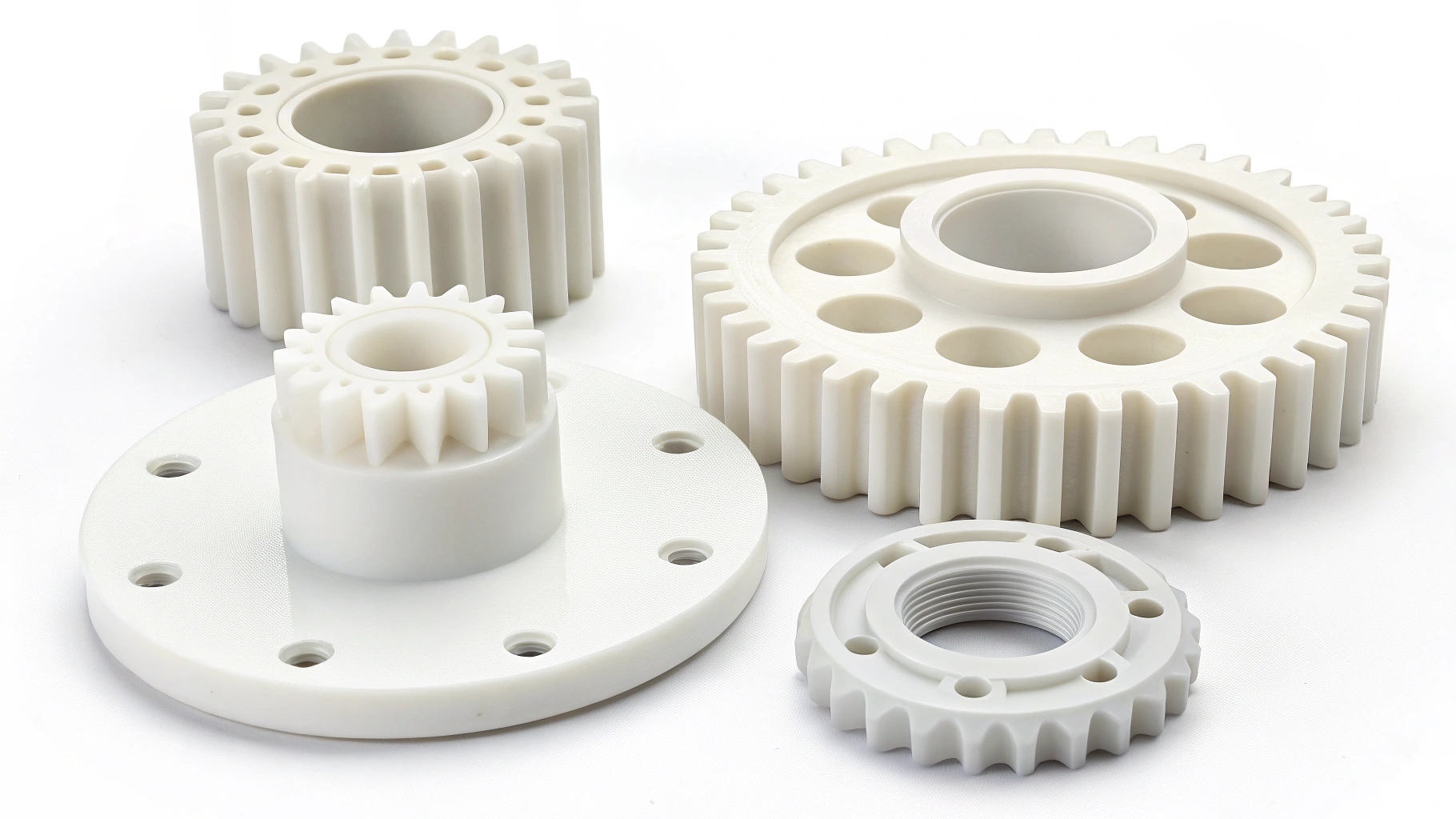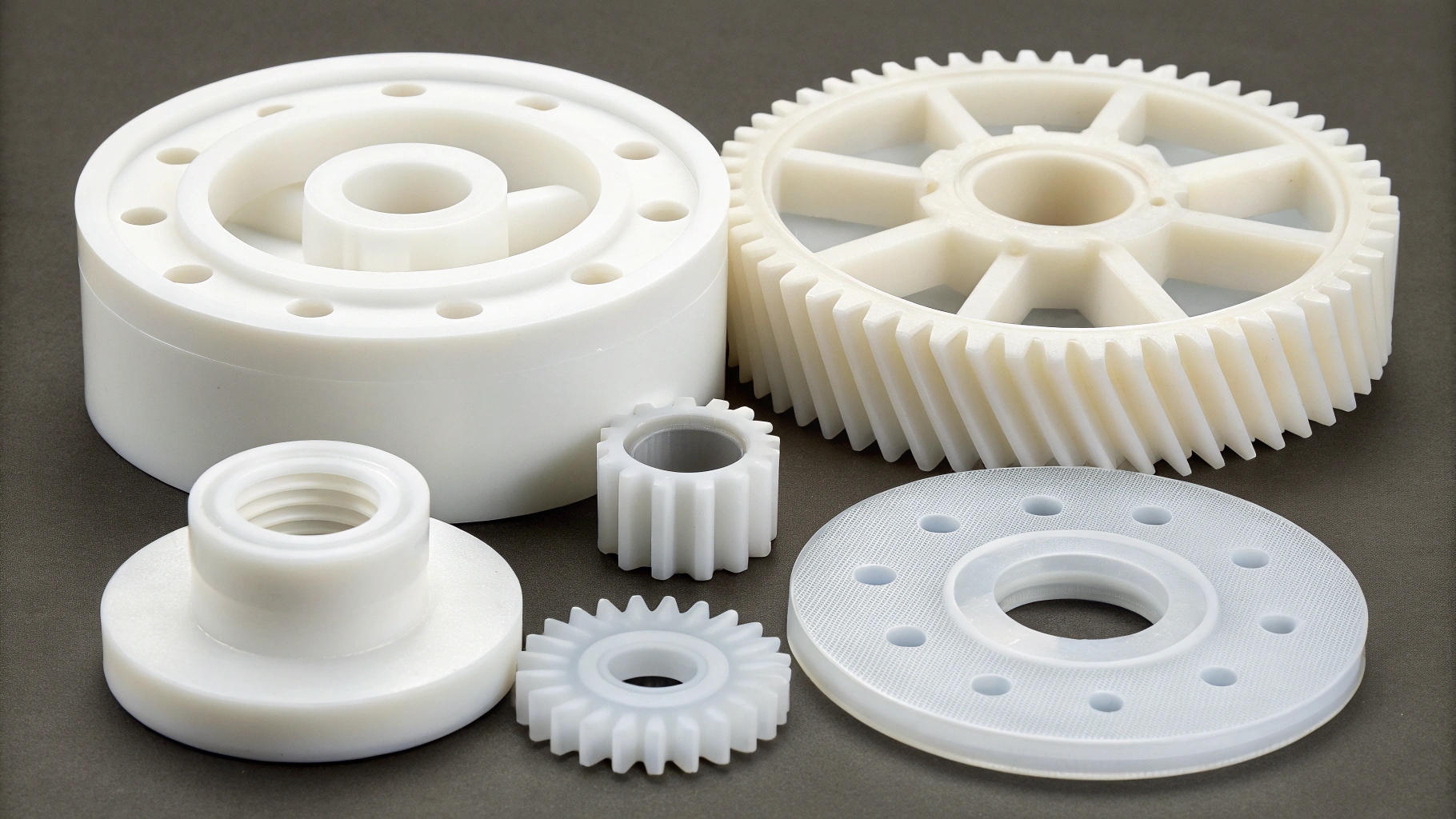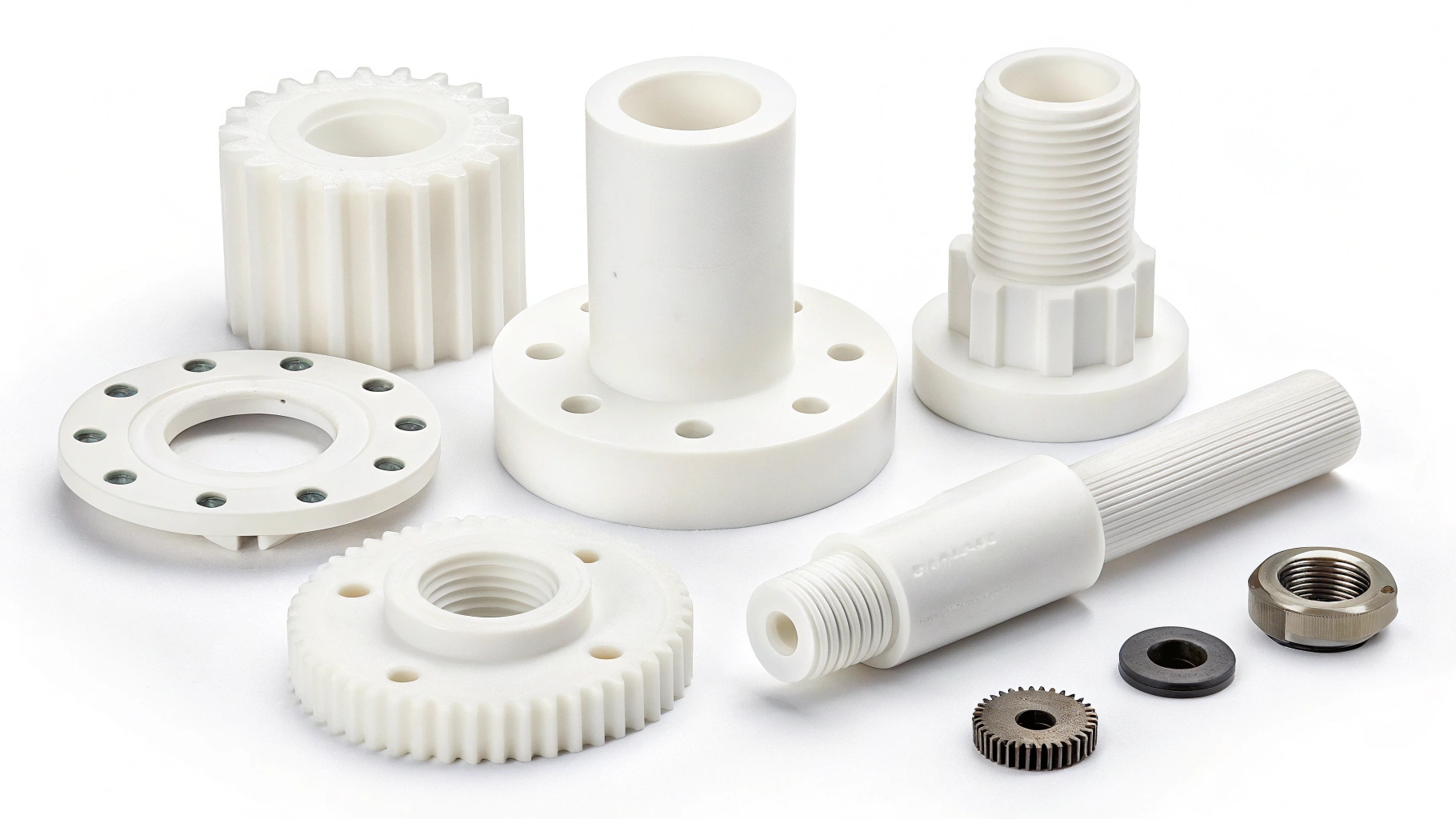
UV rays damage plastics fast. This leads to cracking, fading, and failure.
UV-resistant plastics are crucial for outdoor or sunlight-exposed applications.
Not all plastics are created equal under the sun—let’s explore which ones perform best.
Why UV Resistance Matters in Plastics?
Prolonged sun exposure makes regular plastics brittle and weak.
UV resistance1 protects plastic parts from degradation, discoloration, and strength loss.
Dive Deeper: The Problem with Sunlight Exposure
UV (ultraviolet) rays are a part of sunlight that carry enough energy to break chemical bonds. Most plastics absorb UV light over time. This triggers photo-degradation, causing discoloration, surface cracking, chalking, and a sharp drop in mechanical performance.
UV resistance helps materials maintain color, strength, and shape even after years of exposure. This is especially important in industries like:
- Outdoor equipment
- Automotive
- Construction
- Agriculture
- Marine
Table: UV Impact vs. Non-Resistant Plastics
| Feature | Non-UV-Resistant Plastic | UV-Resistant Plastic |
|---|---|---|
| Color Retention | Poor | Excellent |
| Mechanical Strength | Degrades Over Time | Maintains Over Time |
| Surface Cracking | High | Low |
| Service Life | Short | Long |
Using UV-stable materials2 reduces maintenance and replacement costs while ensuring product reliability.
Top UV-Resistant Plastic Types and Their Features?
Not all plastics can handle UV. Some perform better than others.
Several plastic families have built-in UV resistance or can be modified to resist UV.
Dive Deeper: A Closer Look at Common UV-Stable Plastics
Here's a breakdown of the most widely used UV-resistant plastics:
1. Acrylic (PMMA)
- Naturally UV-stable
- Excellent transparency and weathering resistance
- Often used in signage and outdoor panels
2. Polycarbonate (PC)
- Tough and durable
- Can yellow without stabilizers, but treated grades resist UV well
- Common in helmets, skylights, and greenhouse panels
3. Polyethylene Terephthalate (PET)
- Moderate UV resistance
- Used with UV inhibitors for bottles and containers
4. Polyvinylidene Fluoride (PVDF)
- Premium UV stability
- Excellent chemical and flame resistance
- Ideal for architectural coatings and marine applications
5. High-Density Polyethylene (HDPE) with UV Stabilizers
- Inexpensive and versatile
- Requires carbon black or UV inhibitors for sunlight exposure
Table: UV Performance by Plastic Type
| Plastic Type | Base UV Resistance | Modified UV Resistance | Key Applications |
|---|---|---|---|
| Acrylic | Excellent | Not needed | Light covers, displays |
| Polycarbonate | Moderate | High with additives | Domes, canopies, eyewear |
| PET | Moderate | Good with additives | Packaging, clear containers |
| PVDF | Excellent | Not needed | Coatings, facades, solar panels |
| HDPE | Poor | Excellent with carbon black | Outdoor piping, playgrounds |
Choosing the right plastic often comes down to balancing cost, strength, and weatherability.
Best Applications for UV-Stable Plastics?
UV-stable plastics3 are vital for any product exposed to sunlight.
They are commonly used in outdoor, industrial, marine, and automotive sectors.
Dive Deeper: Where UV Resistance Pays Off
Let’s explore where UV-resistant plastics are essential:
Automotive
- Exterior trim, headlights, covers
- Materials: Polycarbonate, ABS with UV stabilizers
Outdoor Furniture and Equipment
- Chairs, playsets, garden tools
- Materials: HDPE with carbon black, acrylic
Solar and Greenhouse Applications
- Light-transmitting panels
- Materials: PMMA, treated PC sheets
Marine Industry
- Boat seats, exterior panels
- Materials: UV-stabilized PVC4 or PVDF
Construction
- Skylights, facades, weatherproofing
- Materials: Polycarbonate, PVDF
Using the right UV plastic ensures performance and safety under tough conditions.
How to Select the Right Plastic for UV Exposure?
Sunlight exposure isn't the only factor—there's more to consider.
Think about load, impact, cost, color, and long-term durability.

Dive Deeper: Matching Material to Application
Choosing the right UV plastic means asking the right questions:
Questions to Ask:
- Is the part structural or cosmetic?
- Will it be exposed year-round or seasonally?
- Do aesthetics (clarity, color) matter?
- What’s the budget?
Example Considerations:
| Scenario | Recommended Plastic | Reason |
|---|---|---|
| Transparent outdoor signage | Acrylic (PMMA) | High clarity + UV stability |
| Impact-prone, clear roofing | Treated Polycarbonate | High impact strength + UV coating |
| Marine outdoor hardware | PVDF | Top UV + corrosion resistance |
| Playground equipment | HDPE with carbon black | Tough + cost-effective |
Using coated or filled versions of less UV-stable plastics can also balance budget and performance.
Additives and Coatings That Improve UV Resistance?
Sometimes base material alone isn’t enough for long-term protection.
UV stabilizers, absorbers, and surface coatings enhance plastic performance under sunlight.

Dive Deeper: Engineering Better UV Protection
1. UV Absorbers
- Absorb harmful UV light before it affects polymer chains
- Often used in clear plastics
- Benzotriazoles and benzophenones are common types
2. Hindered Amine Light Stabilizers (HALS)5
- Prevent polymer degradation by deactivating free radicals
- Work well with UV absorbers for long-term stability
3. Carbon Black6
- Common in polyolefins like HDPE
- Strong UV absorber, gives material a black color
4. Surface Coatings
- Acrylic or polyurethane coatings can extend life
- Useful for high-value or color-sensitive parts
Additives Comparison Table
| Additive Type | Benefit | Drawback | Common Use |
|---|---|---|---|
| UV Absorbers | Clarity + long-term strength | May lose effect over time | Transparent parts, PC sheets |
| HALS | Durable, protects from aging | Costly | Auto parts, building materials |
| Carbon Black | Low cost, excellent barrier | Only available in black | Piping, outdoor bins |
| UV Surface Coating | Enhances base material | Extra processing step | Signs, protective domes |
The best results often come from combining base plastic and additive strategy.
Conclusion
UV-resistant plastics are vital for long-term durability in sun-exposed environments. With the right material and additives, your parts can stay strong and vibrant for years.
-
Understanding UV resistance is crucial for selecting durable plastics that withstand sunlight, ensuring longevity and performance. ↩
-
Learning about UV-stable materials can enhance your knowledge of their applications, leading to smarter purchasing decisions in manufacturing. ↩
-
Explore this link to understand the diverse applications of UV-stable plastics and their importance in various industries. ↩
-
Learn about the advantages of UV-stabilized PVC in marine settings, including its durability and resistance to harsh conditions. ↩
-
Learn about HALS and how they prevent polymer degradation, ensuring long-term stability in various applications. ↩
-
Discover the role of Carbon Black in enhancing UV resistance and its cost-effectiveness in various plastic applications. ↩

